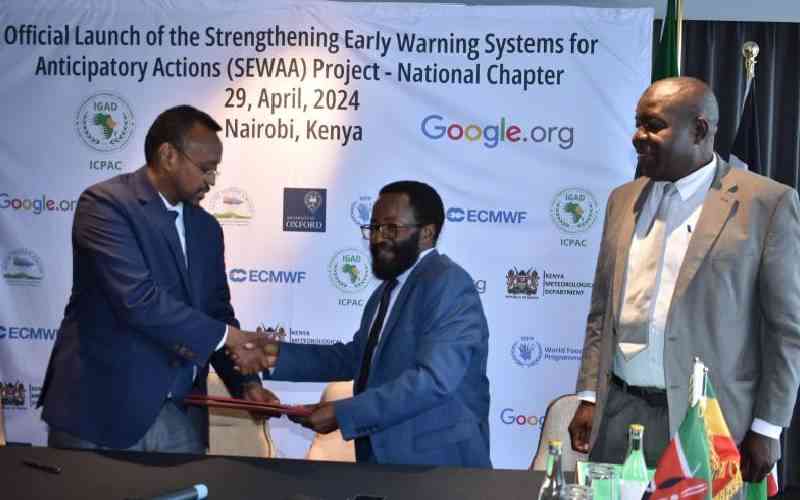×
The Standard e-Paper
Kenya’s Boldest Voice

Kenya and Ethiopia will benefit from the Intergovernmental Authority on Development (IGAD) funding to boost disaster preparedness and response.
This is after IGAD Climate Prediction and Applications Centre (ICPAC) last week said it has received USD665,434 (Sh87.8 billion) in financial support from the United Nations World Food Programme (WFP).